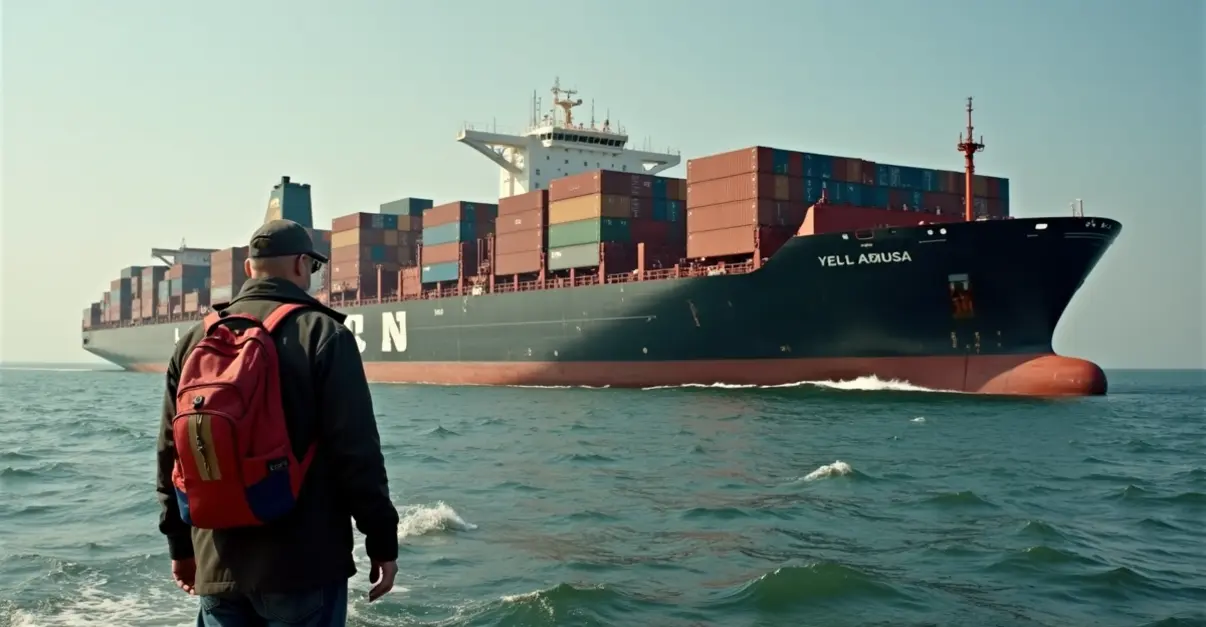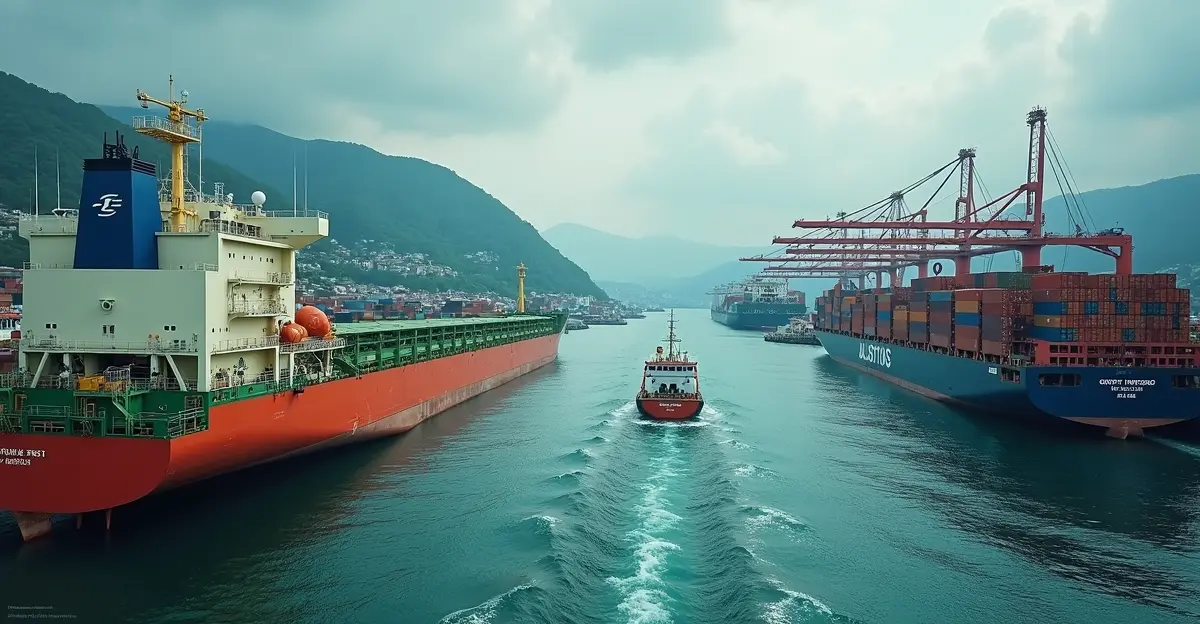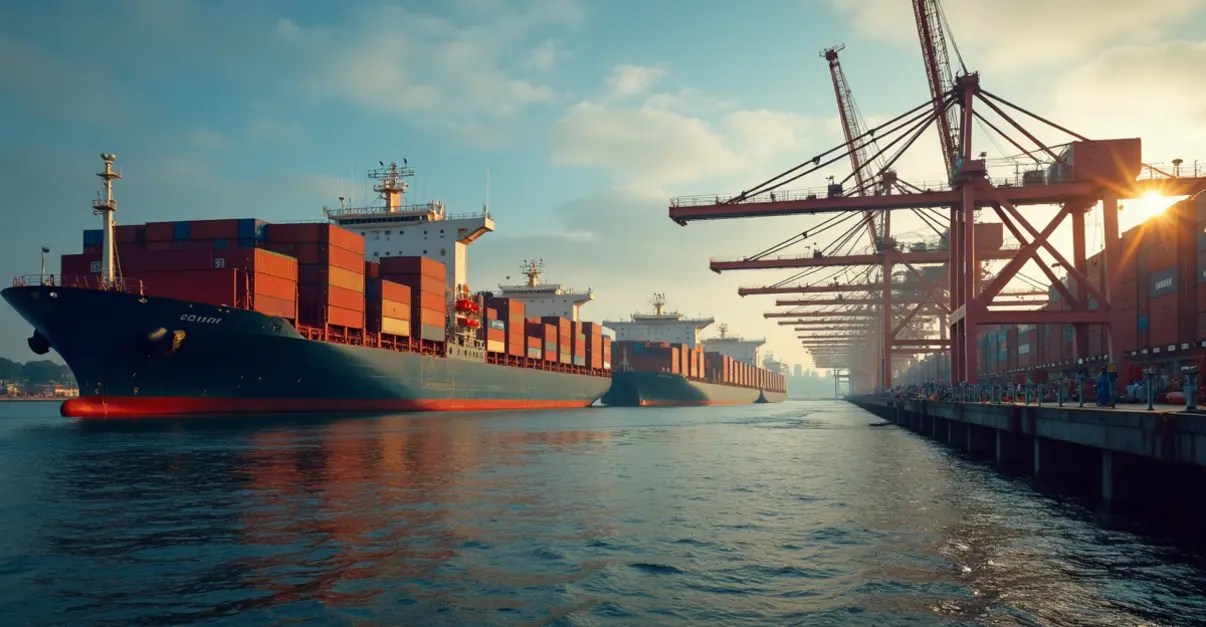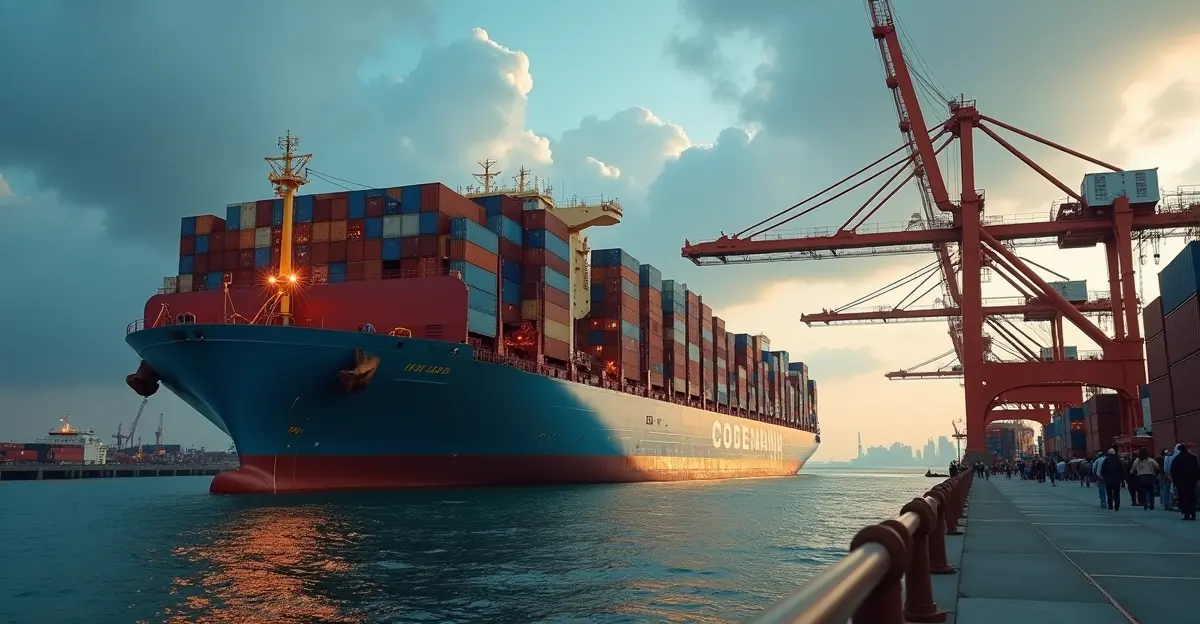Global shipping rates surge 70% as Panama Canal drought and Suez Canal security concerns force vessels to reroute around Africa, adding weeks to transit times. Costs are being passed to consumers, driving inflation as freight futures markets see increased volatility.

Shipping Crisis Deepens as Canal Bottlenecks Spread
Global shipping markets are experiencing unprecedented turmoil in 2025 as simultaneous disruptions at the world's two major canals create a perfect storm for international trade. The Panama Canal continues to grapple with severe drought conditions that have forced transit limits, while the Suez Canal faces ongoing security concerns that have dramatically reduced traffic. These dual crises are forcing carriers to reroute vessels around Africa's Cape of Good Hope, adding weeks to transit times and billions in additional costs that are now being passed through to consumers worldwide.
The Panama Canal Drought Crisis
The Panama Canal, which handles over $270 billion in goods annually, is operating at reduced capacity due to persistent drought conditions. The canal authority has been forced to limit daily transits to fewer than 32 vessels, down from the usual 36-38. This has created massive bottlenecks, with ships queuing for over a week and many carriers opting for the longer route around South America. 'We've never seen water levels this low in the canal's history,' says Maria Rodriguez, a Panama Canal Authority spokesperson. 'Climate change is fundamentally challenging our operations, and we're exploring every possible solution, including water-saving basins, but the short-term challenges remain significant.'
Suez Canal Traffic Collapses
Meanwhile, the Suez Canal has seen traffic collapse to below 100 transits in May 2025, a dramatic decline from normal operations. Houthi attacks and geopolitical tensions in the Red Sea have made the route increasingly dangerous, forcing vessels to detour around the Cape of Good Hope. This adds 4,000-6,000 miles to journeys and increases transit times by 30-50%. 'The security situation in the Red Sea has fundamentally changed shipping patterns,' explains shipping analyst David Chen. 'Carriers are accepting the longer routes and higher costs as the new normal, and these expenses are inevitably being passed along the supply chain.'
Freight Rates Skyrocket
The consequences for shipping costs have been dramatic. Container freight rates have spiked 70% in early June 2025, with the Drewry World Container Index reaching $3,527 per FEU and the Shanghai-Los Angeles route jumping to over $5,800 per FEU. Asia-Europe container rates have doubled to $5,500 per FEU, while Asia-US West Coast rates surged 48% to $3,000/FEU. These increases stem from multiple factors: longer transit times consuming more fuel, increased labor costs, rising insurance premiums, and capacity reductions as carriers implement blanked sailings to manage the disruption.
Consumer Impact and Cost Pass-Through
The ripple effects are now reaching consumers. According to Federal Reserve analysis, transportation costs account for approximately 0.5 percentage points of headline inflation. The Yale Budget Lab's research shows that 61-80% of increased costs are being passed through to consumer prices, with durable goods like vehicles, electronics, and furniture experiencing the most noticeable increases. 'What we're seeing is sneakflation,' notes economist Sarah Johnson. 'Businesses are gradually increasing prices over time rather than implementing one-time hikes, making the full impact less obvious to consumers but equally damaging to household budgets.'
Freight Futures Market Response
The volatility has created both challenges and opportunities in freight derivatives markets. CME Group's freight futures products have seen increased trading volume as shippers seek to hedge against further rate increases. 'The current environment has made risk management absolutely essential,' says futures trader Michael Thompson. 'Companies that locked in rates earlier this year are saving millions, while those exposed to spot markets are facing devastating cost increases.' The market expects rates to remain elevated through mid-2025 before gradually declining as new vessel capacity arrives and demand normalizes.
Environmental Consequences
The rerouting crisis has significant environmental implications. Ships taking the longer Cape of Good Hope route are burning substantially more fuel, increasing carbon emissions by an estimated 40%. This comes at a time when the shipping industry is facing increasing pressure to reduce its environmental footprint under new EU regulations that add $80-100 per container in compliance costs. 'We're caught between operational necessity and environmental responsibility,' admits shipping executive Lisa Wang. 'The longer routes are unavoidable given current security concerns, but they're undermining our sustainability goals.'
Outlook and Industry Response
The shipping industry is adapting to what many see as a permanent shift in global trade patterns. Carriers are implementing new alliance structures, with the Gemini Cooperation between Hapag-Lloyd and Maersk launching hub-and-spoke models while MSC focuses on direct port pairs. However, overcapacity remains a concern, with an 8% capacity increase expected versus only 3% demand growth. Most analysts expect the current rate pressure to continue through year-end, with gradual normalization expected in 2026 as geopolitical conditions potentially improve and new vessel capacity comes online.

 Nederlands
Nederlands
 English
English
 Deutsch
Deutsch
 Français
Français
 Español
Español
 Português
Português









